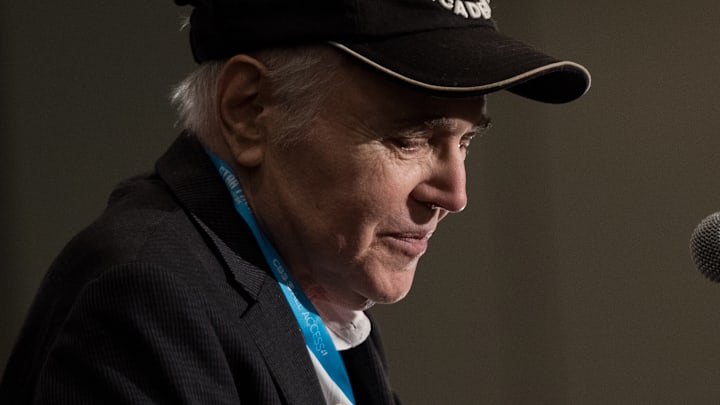When the second season of Star Trek premiered in 1967, viewers got their first glimpse of a new and fresh face at the navigation station aboard Enterprise: Ensign Pavel A. Chekov. Roddenberry lore tells us that he wanted to bring a Russian onboard as a nod to the country’s achievements in the Space Race; however, a deeper look into the casting reveals much about why Chekov’s character was underutilized and often assassinated or abused during the series and in the original cast movie universe.
Casting a space Monkee
When The Monkees premiered on NBC in 1966, they quickly became a worldwide phenomenon. Young people embraced them and the television show, and Gene Roddenberry took notice of this popularity. As a gambit to boost ratings and bring in some younger viewers to Star Trek, he wanted a new cast member who was young and good-looking, a Davy Jones type, if you will.(That Beatles wig they make Walter Koenig wear is a whole other topic, but I feel like I have to mention it). This debunks the lore of a Russian fan letter motivating Roddenberry to add a Russian character to the cast, even though it makes for a good tale.
Chekov’s lack of depth in characterization
While Chekov was eventually recognized as a regular bridge character, the writers failed to give him real depth. The running joke about everything being invented in Russia got old fast, and the rest of his character depended on him being either involved with various women or pushing buttons on the bridge. As Spock’s protégé and student, we should have seen some of this growth, especially later on when George Takei left to film The Green Berets in the second half of season 2. This should’ve given writers more than enough room to develop Chekov, yet viewers got no backstory on the young navigator.
The whump dump
During the second half of season 2 and into season 3, Chekov became what is known in fandom as the “whump” character. He’s put into painful situations a lot of the time, such as being tortured in the agony booth in “Mirror, Mirror,” goes insane in “The Tholian Web,” and even gets shot and dies in “Spectre of the Gun.”
Speaking of death, this brings us to Chekov’s complete character assassination in “Day of the Dove.” While emotions run high due to the anger-inducing energy creature, having Chekov attack a Klingon woman and push himself aggressively on her is so out of character that it’s startling and uncomfortable. We’ve seen him with women in the past, and those like Yeoman Rand are receptive to his warmth and charm. Even though Spock tells Kirk that Chekov isn’t responsible for his behavior, the attack on Mara is an unnecessary “shock value” moment that should’ve been put on a nameless crewmember or struck from the script entirely.
Where in the movie universe is Pavel Chekov?
While Chekov becomes the Reliant’s first officer after the events in Star Trek: The Motion Picture, we neither see what led up to that or get an idea of his active role on board. Once again, Chekov is tortured, locked away, and left deaf in one ear by the Ceti eels. He returns to the Enterprise bridge in Star Trek II: The Wrath of Khan after purging himself of the eels, but after that, his role as part of the crew is regulated to a few minor scenes, except, of course, when he gets injured again in Star Trek IV: The Voyage Home and Kirk, McCoy, and Gillian Taylor must retrieve him from the hospital. He truly is the unluckiest officer in Starfleet!
There are several Star Trek paperback tie-ins that give more insight to Chekov’s character, such as Deep Domain, Uhura’s Song, and Death Count. The latter is a particularly excellent bridge to Chekov’s maturation into a security chief. While his place in Star Trek history is assured, the question is whether he ever got his due respect remains debatable.
